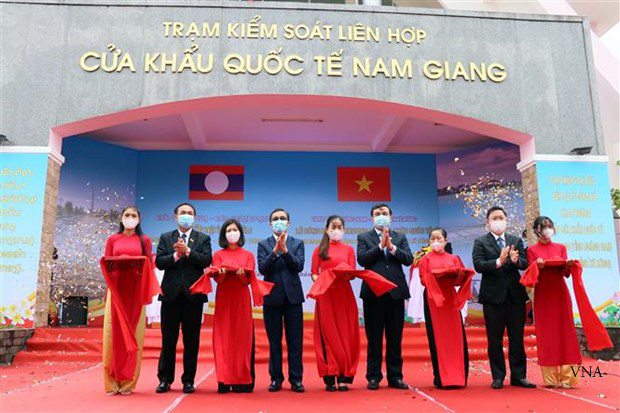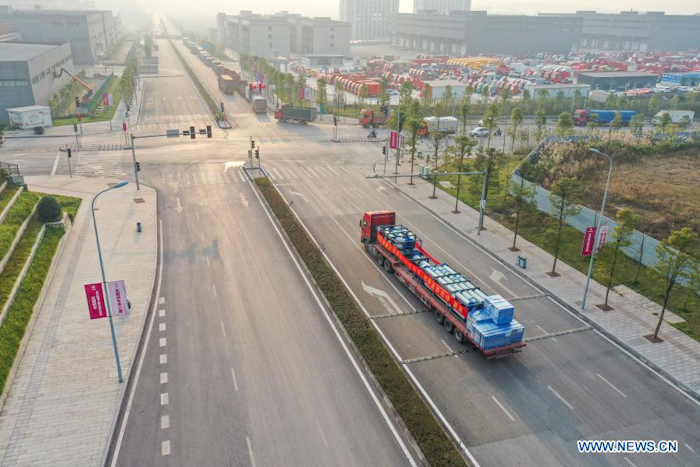Lao PDR’s Se Kong, Viet Nam’s Quang Nam Provinces Jointly Launch the Dakta Ok–Nam Giang Border Gates
The Governments of Lao People’s Democratic Republic and Viet Nam inaugurated the Dakta Ok (Se Kong, Lao PDR) – Nam Giang (Quang Nam, Viet Nam) border gates on 14 August 2021, which were upgraded to international status this year. This new international cross-border point is expected to further boost bilateral trade, investment, and tourism, and promote opportunities for cooperation between Viet Nam’s central key economic zone and Lao PDR’s south-central region, as well as Thailand’s southeast region.










